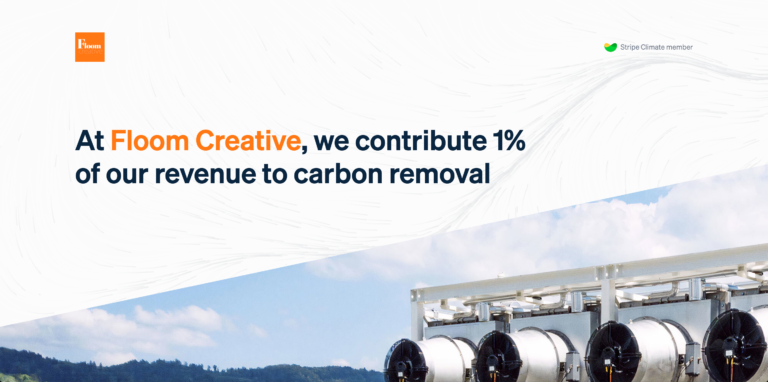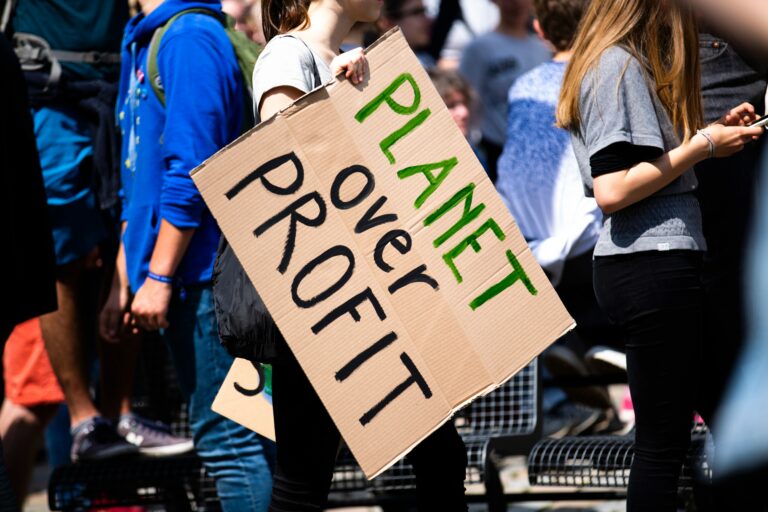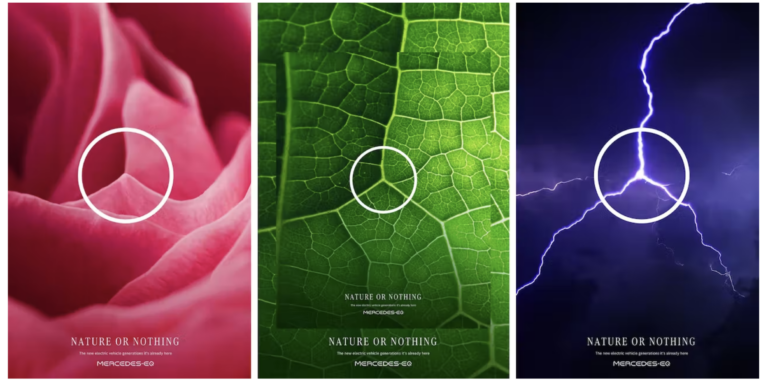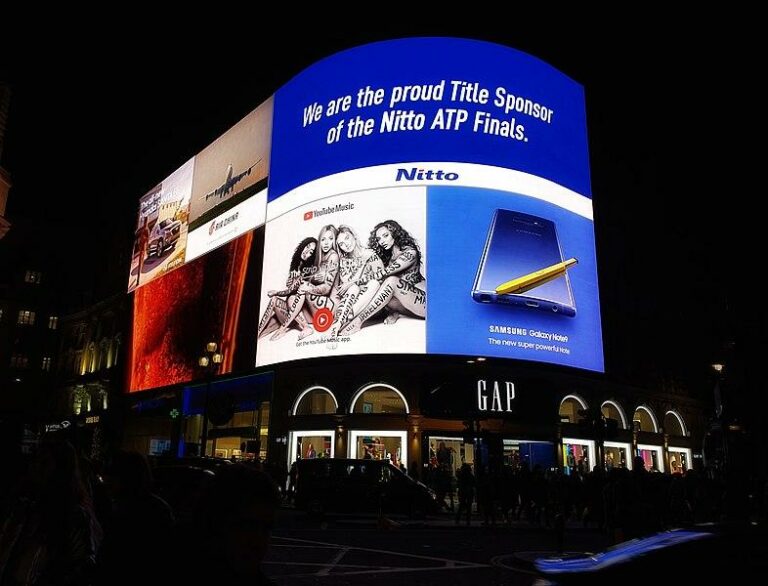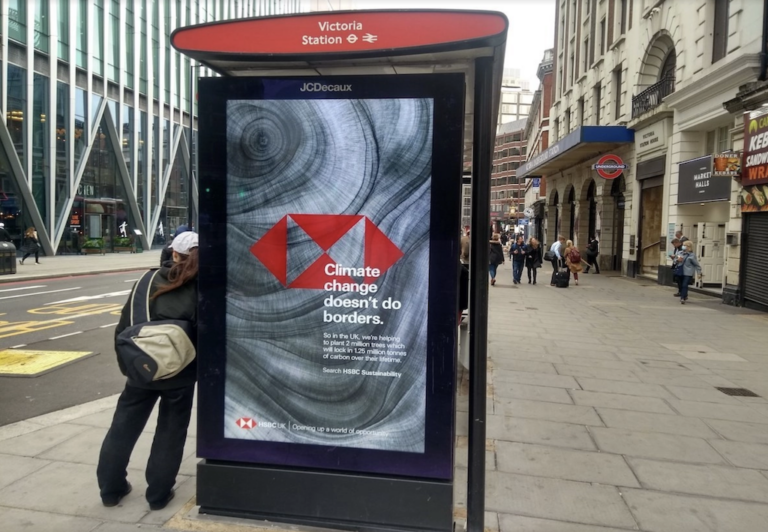Kicking-off a Better Future
Football, the world’s most watched sport, carries significant environmental implications that often go unnoticed. From extensive travel and excessive waste to the pervasive influence of sponsorships and even the production of kits worn on the pitch, the game’s global scale brings a unique set of sustainability challenges.
https://www.un.org/en/footballforthegoals
That said, the ‘beautiful game’ is starting to kick off a positive change. Here, we’ll explore how football is beginning to tackle its environmental footprint, from fixture scheduling and fan travel to greener apparel, smarter sponsorships, and standout sustainability initiatives.
Here at Floom Creative, we’re all proud football fans, myself a lifelong Tottenham supporter, with our founders Harvey and Fin backing Bournemouth and Liverpool respectively. With sustainability at the core of everything we do, we wanted to take a closer look at how our favourite sport is stepping up to the climate challenge, and where there’s still work to be done.
Fixture Lists: Can the Calendar Go Green?
Over the past decade footballing fixtures have consistently increased over the calendar year. In the 2024/25 season there was an addition of 177 games in UEFA’s European competitions alone. This was estimated to prompt approximately 2 billion air miles, an uptick from 1.5 billion in 2022/23, equating to 480,000 tonnes of CO₂e from fans and team travel.
“Football clubs’ reliance on short‑haul flights is a thorn in the side of their wider sustainability strategies.” Katie Cross, CEO of Pledgeball
A single international club match (such as the Champions League) can increase emissions by ~50% compared to a domestic fixture, predominantly due to air travel. This being said, travel to domestic games is still a major contributor. During the 2016/17 Premier League season, travel accounted for about 61% of the league’s greenhouse gas emissions. As Beatrice Tridimas writes in the Context “The one thing experts agree on is that travel- by spectators and the teams – is the biggest contributor”.
So, how can carbon emissions be reduced in a congested fixture list?
One of the most overlooked tools for cutting football’s environmental footprint lies in the calendar itself. How and when fixtures are scheduled can directly impact how much travel is needed, by both clubs and fans.
The perfect example of this was set by the UEFA Euro 2024; by ensuring that team trips under three hours were completed by rail or coach rather than plane, UEFA reportedly reduced team flights by an impressive 75% compared to previous tournaments.
On top of that, they made fan travel greener too- offering free public transport in host cities and encouraging low-emission routes between matches. With major events drawing millions of fans and support staff, these decisions send a clear message: better scheduling leads to lower emissions, without compromising the game.
https://www.railwaypro.com/wp/12-million-passengers-by-rail-during-euro-2024
In addition, clubs like Millwall, Forest Green Rovers, Bristol City, and Swindon Town have signed Pledgeball’s Sustainable Travel Charter, which empowers them to drop short-haul flights when trains or coaches are sufficient.
The Apparel Issue
Football kits are more than just a badge of loyalty or a piece of performance gear, it’s a visible, wearable reflection of the game’s values. Right now, it’s undergoing a much-needed shift toward sustainability.
Brands like Nike, Adidas, Puma, and Umbro are embracing recycled fabrics, with many top-tier kits now made from recycled polyester. This swap can reduce carbon emissions by up to 30% compared to virgin polyester, cutting into the sport’s considerable textile footprint. Nike’s latest third kits for clubs like Liverpool and Chelsea proudly claim a blend of “sustainable materials,” while Adidas has introduced ocean-plastic collaborations via its long-standing work with Parley for the Oceans.
https://www.gq-magazine.co.uk/fashion/article/liverpool-nike-sustainable
But while there’s momentum, the football apparel industry still has big challenges to tackle.
Most kits are still made from virgin polyester, a petroleum-based fabric that sheds microplastics with every wash and doesn’t biodegrade. Each kilogram of polyester generates roughly 5.5 kg of CO₂ during production and consumes high volumes of energy and water. Then there’s the issue of overproduction. In a fast-fashion twist*, clubs now release multiple new kits per season- some, like Napoli, released over a dozen in a single campaign. Many go unsold, ending up in landfill or being incinerated, which only adds to the environmental strain.
*Click here to read more on the problems associated with fast fashion.
https://www.footyheadlines.com/2021/11/too-many-napoli-to-have-at-least-12.html
The dyeing process is also problematic. Around 20% of industrial water pollution comes from textile dyeing and treatment. Toxic chemicals used for colour and fabric finishes often enter waterways in countries with weak environmental protections, posing serious risks to ecosystems and local communities.
It’s clear that the football shirt is no longer just a symbol of pride, it’s fast becoming a key part of the sport’s sustainability story. The progress is real, but so is the work still to do. Reducing synthetic reliance, cutting waste, and scaling circular solutions will be crucial if football wants to wear its environmental values on its sleeve- literally.
Problematic Sponsorship: Who’s Funding the Future of Football?
Sponsorship is one of football’s most visible connections to the commercial world- on shirts, in stadiums, across broadcast adverts. But not all sponsorships align with the green and sustainable values the sport is increasingly adopting.
The problem:
- A 2025 report from the New Weather Institute found that “75% of football’s carbon footprint comes from high-emission sponsors”, primarily from oil, gas, and airline deals- especially prominent in major competitions like the Champions League and the World Cup.
- The Champions League remains particularly problematic, with stadium visuals and broadcast adverts frequently dominated by airlines, SUV makers, and fossil fuel-backed banks, brands that often contradict the sport’s own climate goals.
- One high-profile example is Stake.com, the cryptocurrency casino platform that’s been front and centre on kits for clubs like Everton. Crypto-based companies have come under fire for two key reasons:
- Energy use- Popular cryptocurrencies are notoriously energy-intensive, consuming more electricity annually than some small countries. Although Stake operates mainly in online gambling (not mining), its association with high-emission digital finance raises eyebrows.
- Ethical Concerns- As a gambling company, Stake’s presence raises broader questions around mental health, financial harm, and community impact. These are issues that run counter to the inclusive, future-thinking values that the sport now champions.
Waste: Football’s Dirty Secret
Like most large events and industries football is no stranger to high wastage. Here’s where the game still falls short:
- Plastic bottles dominate matchdays- Many stadiums still rely heavily on single-use plastic, with top-flight matches generating up to 750,000 bottles per game. Most aren’t recycled, contributing to landfill overflow and plastic pollution.
- Recycling bins often go to landfill- Due to poor signage, fan confusion, or lack of proper separation, contamination ruins recyclability- so even “green” bins often end up dumped with general waste. Some clubs report recycling rates below 10%.
- Massive landfill output per fixture- A standard Premier League game can generate over 4 tonnes of waste. Much of this (cups, wrappers, food) ends up in landfill due to lack of composting or reuse systems.
- Water waste from traditional pitch upkeep- Maintaining natural turf in peak season can consume 20,000 litres of water daily per pitch, especially in warmer climates, thus posing challenges for clubs in drought-prone regions.
- Food waste behind the scenes- Unused catering from VIP areas and concession stands contributes to as much as 2 tonnes of waste per match in large stadiums, with little composting or redistribution to charities.
- Excessive energy use on matchdays- Outdated lighting, 24/7 digital signage, and heating unused sections of stadiums mean some games consume energy equivalent to 12 UK homes for a full year!
https://news.sky.com/story/premier-league-and-sky-team-up-to-end-single-use-plastic-11347910
Thankfully, many clubs are starting to tackle waste head-on. Tottenham Hotspur became the Premier League’s first club to eliminate single-use plastics from matchdays, while Arsenal and Liverpool now use reusable cup schemes that have saved hundreds of thousands of disposables. Real Betis and Feyenoord have installed smart irrigation systems to slash water use. As more teams invest in waste-reduction tech and fan education, the future of football doesn’t have to be disposable.
External Initiatives
Some of football’s boldest sustainability efforts are coming from outside the clubs themselves. These initiatives are pushing the sport to face up to its environmental impact. Here are some making an incredible impact:
- Goals:
- Ban big polluter sponsors- prevent big polluters from using our sport to advertise their climate wrecking habits
- Smaller more regional footballing calendar- reverse the trend of ever expanding international football fixtures. Thus reducing the pollution through excessive travel.
- Targeting big polluters- “These include fossil fuel companies, airlines, car companies still betting on petrol cars and SUVs, cruise companies, banks that keep financing fossil fuel expansion as well as cryptocurrencies using enormous amounts of dirty energy.”
- Climate expert and leaders in sustainability encouraging all stakeholders across football to respond to the climate crisis. Their aim: “create the biggest movement the world has ever seen, to tackle the biggest threat that humanity has ever faced”.
DFB, ANSTOSS FÜR GRÜN (‘Kick-Off For Green):
- Kick-off for green is an initiative set up by the DFB (the German Football Association) and supports grass-roots football through supplying tools, education on becoming green, and training sessions on environmental management to clubs.
- Pledgeball mobilises groups to work collaboratively and shows us how we can save emissions together, as they say “Tackling climate change requires collective action”., achieved by engaging directly with fans all the way up to governing bodies.
- Proven in academic research, Pledgeball addresses the necessary shift needed in the awareness, mindset and relationship with climate change.
- They pride themselves for being open to adoption by anyone, in and outside of the sports community.
Together, these campaigns show that the power of football extends far beyond the pitch. Whether through pledges, policy pressure or grassroots education, they prove that a more sustainable game is not only possible, it’s already in play.
https://www.mirror.co.uk/sport/football/news/how-much-your-premier-league-7686973
At Floom, our love for the game runs deep, and so does our commitment to a more sustainable future. As fans, we know how powerful football can be in shaping culture and sparking action. As the climate crisis deepens, football can no longer afford to sit on the sidelines. The steps being taken across the sport are promising, from greener fixtures to smarter sponsorships, but there’s still a long road ahead. Whether you’re in the stands, behind the scenes, or simply watching from home, there’s room for all of us to play a part in making football a force for good, on and off the pitch.
Written by Tom Eden-Rea. 12/06/2025
Floom Creative | B Corp Certified
We specialise in creating narratives for brands, nonprofits and charities that have their values rooted in environmental and ethical consciousness. By communicating your vision through visual storytelling and performance marketing, we can help your brand to flourish.
Let’s talk! We’d love to help you with your sustainable storytelling. Contact us now.
Check out our blog HERE
Check out our work HERE.
Check out our services HERE.
Follow us on socials:
References:
https://pmc.ncbi.nlm.nih.gov/articles/PMC5539281
https://theecologist.org/2025/feb/03/footballs-climate-own-goal



